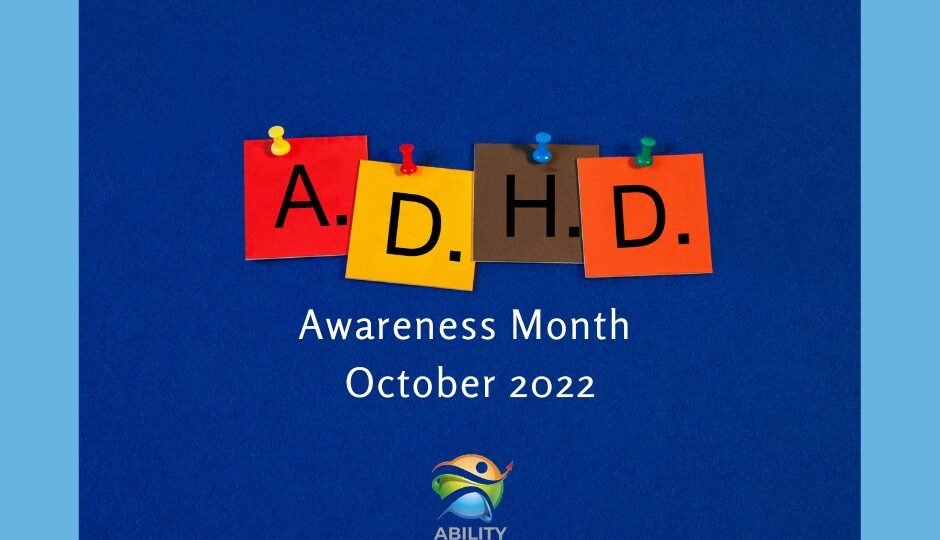
In recent years, there has been a shift in societal attitudes towards neurodiversity, particularly concerning attention deficit hyperactivity disorder (ADHD). Rather than viewing ADHD solely through a deficit lens, there’s a growing recognition of the unique strengths and perspectives individuals with ADHD treatment bring to the table. This shift marks a pivotal moment in our understanding of neurodiversity, emphasizing the celebration of creative differences rather than pathologizing them. In this exploration of embracing ADHD, we delve into the multifaceted nature of the disorder, highlighting its positive attributes and the ways in which society can better support and celebrate neurodiversity.
Understanding ADHD
ADHD is a neurodevelopmental disorder characterized by difficulties in sustaining attention, controlling impulses, and regulating hyperactivity. While these challenges can present obstacles in various aspects of life, they are often accompanied by remarkable strengths. Individuals with ADHD often possess exceptional creativity, boundless energy, and a unique ability to think outside the box. However, these strengths are not always recognized or nurtured within traditional educational and professional environments, leading to feelings of inadequacy and underachievement.
Celebrating Creative Neurodiversity
Embracing ADHD entails recognizing and celebrating the diverse talents and perspectives it offers. Many renowned artists, entrepreneurs, and innovators attribute their success to their ADHD-related traits. Their ability to hyperfocus on tasks of interest, think divergently, and thrive in dynamic environments are all hallmarks of ADHD. By reframing ADHD as a form of creative neurodiversity, we can foster environments that capitalize on these strengths rather than stifle them.
Education and Workplace Accommodations
To truly embrace ADHD, educational institutions and workplaces must implement accommodations that cater to neurodiverse individuals. Flexible learning environments, alternative teaching methods, and accommodations for hyperfocus can enhance the educational experience for students with ADHD. Similarly, workplaces can benefit from offering flexible schedules, clear communication channels, and opportunities for creative expression to accommodate neurodiverse employees. By embracing ADHD in these settings, organizations can harness the full potential of their diverse workforce.
Shifting Perspectives
Central to embracing ADHD is a shift in societal perspectives towards neurodiversity. Rather than viewing ADHD as a hindrance or disorder to be fixed, it should be celebrated as a unique expression of human diversity. This shift requires raising awareness, challenging stereotypes, and promoting inclusivity at all levels of society. By fostering a culture of acceptance and understanding, we can create a world where individuals with ADHD are valued for their contributions and celebrated for their differences.
Supporting Neurodiverse Communities
Support networks play a crucial role in embracing ADHD and promoting the well-being of neurodiverse individuals. Peer support groups, online communities, and advocacy organizations provide a sense of belonging and empowerment for those living with ADHD. By connecting with others who share similar experiences, individuals with ADHD can gain validation, support, and practical strategies for navigating daily challenges. Additionally, access to mental health services, accommodations, and resources is essential in ensuring that neurodiverse individuals receive the support they need to thrive.
Promoting Research and Innovation
Advancing our understanding of ADHD symptoms is essential in fostering a culture of acceptance and celebration of neurodiversity. Research into the underlying mechanisms of ADHD, as well as its relationship to creativity and innovation, can help debunk myths and stereotypes surrounding the disorder. By supporting research initiatives and promoting interdisciplinary collaboration, we can uncover the untapped potential of neurodiversity individuals and pave the way for innovative solutions to societal challenges.
Conclusion
Embracing ADHD is not only about recognizing the challenges it presents but also celebrating the unique strengths and perspectives it offers. By reframing ADHD as a form of creative neurodiversity, we can foster environments that support the diverse talents and contributions of neurodiversity individuals. Through education, workplace accommodations, shifting perspectives, supporting neurodiversity communities, and promoting research and innovation, we can create a more inclusive and accepting society where individuals with ADHD are valued for who they are. Let us celebrate the richness of neurodiversity and embrace ADHD as a source of creativity, innovation, and unique perspectives.
RELATED POSTS
View all


